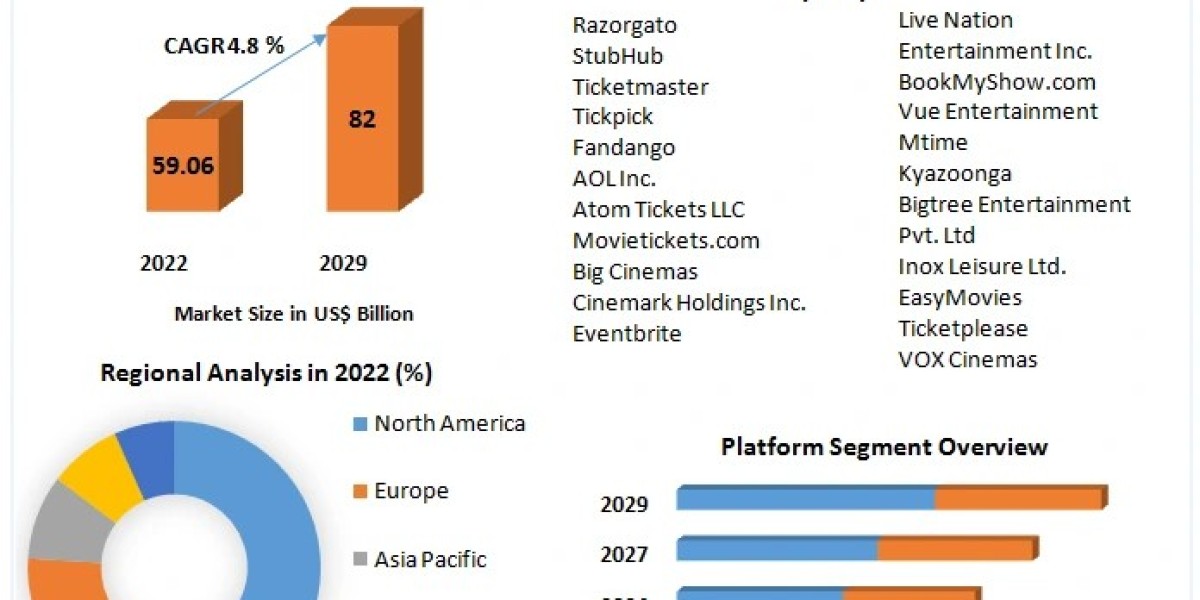As urban populations grow, the concept of smart cities has emerged to create more efficient, sustainable, and livable urban spaces. Central to this transformation is the use of data-driven technologies that enable city planners and managers to make informed decisions. Wi-Fi analytics has become a critical tool in this evolution, providing valuable insights into city-wide patterns and behaviors through the analysis of data gathered from public and private Wi-Fi networks.
In this article, we will explore the role of wifi analytics for smart cities, how it works, and the numerous benefits it offers for urban development and management.
What is Wi-Fi Analytics?
Wi-Fi analytics refers to the collection and analysis of data transmitted through Wi-Fi networks. By analyzing data such as location, movement patterns, device usage, and dwell times, cities can gain valuable insights into the behavior of people in urban areas.
Wi-Fi analytics can monitor both connected devices (those actively using the network) and passive devices (those simply present within the network range), providing a holistic view of foot traffic, public transportation use, and even how long people spend in different locations. This data is then aggregated and anonymized to help ensure privacy.
The Role of Wi-Fi Analytics in Smart Cities
Smart cities aim to leverage technology to enhance the quality of life for citizens, improve infrastructure, and reduce environmental impacts. Wi-Fi analytics is a key component of this vision, as it allows cities to collect real-time data on everything from public transit patterns to street-level foot traffic. By integrating Wi-Fi analytics with other smart technologies like the Internet of Things (IoT), cities can make more data-driven decisions to optimize services, reduce costs, and improve citizen engagement.
Key Applications of Wi-Fi Analytics in Smart Cities
- Optimizing Public Transportation Wi-Fi analytics can be used to monitor real-time traffic on public transportation systems, such as buses, trams, and trains. By tracking the movement of people through their Wi-Fi-enabled devices, transit authorities can optimize routes and schedules to meet actual demand, helping to reduce overcrowding and improve the overall efficiency of public transportation.
For example, if a particular bus route consistently experiences peak demand at certain times of the day, transit authorities can adjust the schedule or increase the number of buses available to better meet the needs of passengers.
- Enhancing Public Safety Wi-Fi analytics plays a key role in improving public safety by enabling city officials to monitor large gatherings, track crowd movements, and detect abnormal behavior patterns. For example, during large events such as concerts, sporting events, or festivals, Wi-Fi analytics can help identify areas of overcrowding and direct resources to manage these situations in real-time.
Additionally, in the case of an emergency, such as a natural disaster or security threat, Wi-Fi data can provide real-time location information that helps guide evacuations and the deployment of emergency responders.
- Smart Traffic Management Managing traffic is one of the biggest challenges in large urban areas. Wi-Fi analytics helps cities monitor vehicle and pedestrian traffic patterns, identifying bottlenecks and areas of congestion. This data allows traffic management systems to adjust traffic lights, reroute vehicles, or provide real-time updates to commuters about alternative routes.
Smart traffic management systems, powered by Wi-Fi analytics, can help reduce traffic jams, lower emissions, and improve the overall flow of traffic in a city. These systems are crucial for promoting sustainable urban mobility.
- Optimizing Public Spaces Wi-Fi analytics can track foot traffic in parks, squares, and other public spaces, offering city planners data about how and when these areas are used. This insight can be used to make decisions on where to allocate resources, such as maintenance crews or security personnel, and how to improve amenities in areas with high footfall.
For instance, if Wi-Fi analytics shows that a park is frequently visited during the evening, cities can improve lighting and safety measures to cater to that usage pattern.
- Boosting Tourism and Retail Cities with bustling retail and tourist districts can use Wi-Fi analytics to gain insights into visitor behavior, such as peak visiting times, popular locations, and shopping trends. This data can help city officials and business owners optimize promotional efforts, boost engagement, and improve services tailored to visitor needs.
By analyzing data from tourist hotspots, cities can better promote underutilized areas, distribute visitor traffic more evenly, and create a more enjoyable experience for tourists.
- Energy Management Smart cities aim to reduce energy consumption and minimize their carbon footprint. Wi-Fi analytics can play a role in energy management by monitoring building occupancy levels and adjusting energy usage accordingly. For example, smart buildings equipped with Wi-Fi analytics can detect when areas are unoccupied and automatically adjust heating, cooling, or lighting to save energy.
This approach leads to more efficient resource usage and cost savings for both city governments and private businesses.
Benefits of Wi-Fi Analytics for Smart Cities
- Data-Driven Decision Making Wi-Fi analytics provides city officials with valuable data to make informed decisions. Whether it’s managing transportation, optimizing public spaces, or improving public safety, cities can rely on real-time information to guide their policies and investments. This data-driven approach reduces guesswork and leads to better outcomes for residents and visitors.
- Cost Savings With real-time data on resource usage and traffic patterns, cities can optimize their operations and reduce costs. For example, by adjusting public transportation routes based on actual demand, cities can cut down on wasted fuel and labor costs. Similarly, monitoring public space usage can lead to more efficient allocation of maintenance and security personnel.
- Enhanced Citizen Experience Wi-Fi analytics helps improve city services, making urban living more convenient for citizens. From optimized transportation schedules to more responsive public services, smart cities that leverage Wi-Fi data can enhance the daily experience of residents and visitors alike.
- Sustainability Smart cities aim to be more sustainable by reducing energy consumption and emissions. Wi-Fi analytics can play a crucial role in supporting sustainability goals by enabling smarter energy management, optimizing transportation systems, and reducing traffic congestion.
Challenges of Implementing Wi-Fi Analytics in Smart Cities
While Wi-Fi analytics offers numerous benefits, there are some challenges to consider:
- Privacy Concerns The collection of data from Wi-Fi networks, even when anonymized, raises concerns about privacy. Cities must ensure that they comply with data protection regulations and provide transparent policies regarding data collection and usage. Citizens need to feel confident that their privacy is being respected while benefiting from enhanced services.
- Infrastructure Investment Implementing Wi-Fi analytics at a city-wide level requires significant investment in infrastructure, such as public Wi-Fi hotspots and data centers. Cities must weigh the costs of building and maintaining these systems against the potential benefits.
- Data Management Collecting large volumes of data is only valuable if the data can be effectively analyzed and used. Cities need to invest in analytics tools and expertise to ensure that they can interpret Wi-Fi data and translate it into actionable insights.
Conclusion
Wi-Fi analytics has emerged as a powerful tool in the development of smart cities, offering insights that enable more efficient, sustainable, and responsive urban management. From optimizing public transportation to enhancing public safety and energy management, the applications of Wi-Fi analytics are vast and transformative. As cities continue to evolve, integrating Wi-Fi analytics into smart infrastructure will play a vital role in shaping the cities of the future. However, ensuring data privacy and making strategic investments in infrastructure will be key to maximizing the potential of Wi-Fi analytics in smart city initiatives.
For more details, visit us:








